
Cargando...
What can I do?
226344 materialEducativo
textoFiltroFichaAbout this resource...
Leonardo da Vinci está considerado como uno de los máximos exponentes del Renacimiento, destacando como artista y también como inventor y descubridor. De esta última faceta dan buena cuenta los Códices Madrid del genio florentino que tratan sobre sobre mecánica, estática, geometría y construcción de fortificaciones. Da Vinci fue una de las mentes más brillantes de todos los tiempos, un pensador sistemático en toda regla como nos muestra el documental "La vida de Leonardo Da Vinci".
La obra artística de Leonardo fue muy prolífica: da Vinci exploró tanto la pintura como la escultura, aunque de este arte no ha llegado ninguna obra a nuestros días. Destacan entre sus creaciones pictóricas La Anunciación, La Mona Lisa o La Gioconda (de la que se han realizado innumerables copias a lo largo de la historia como la copia disponible en el Museo del Prado) y La Última Cena.
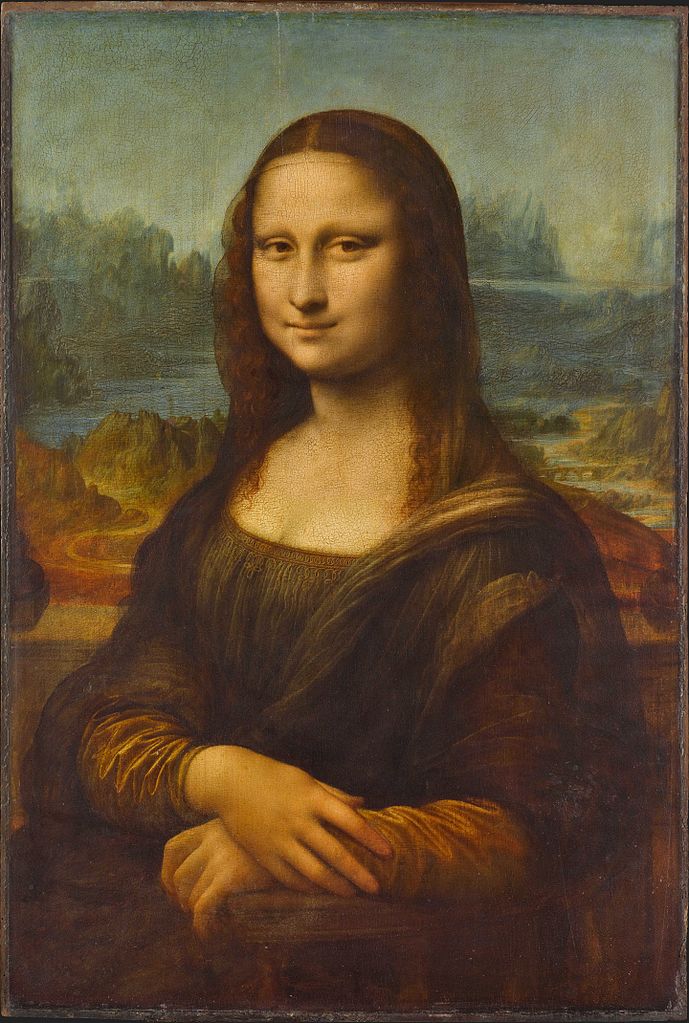
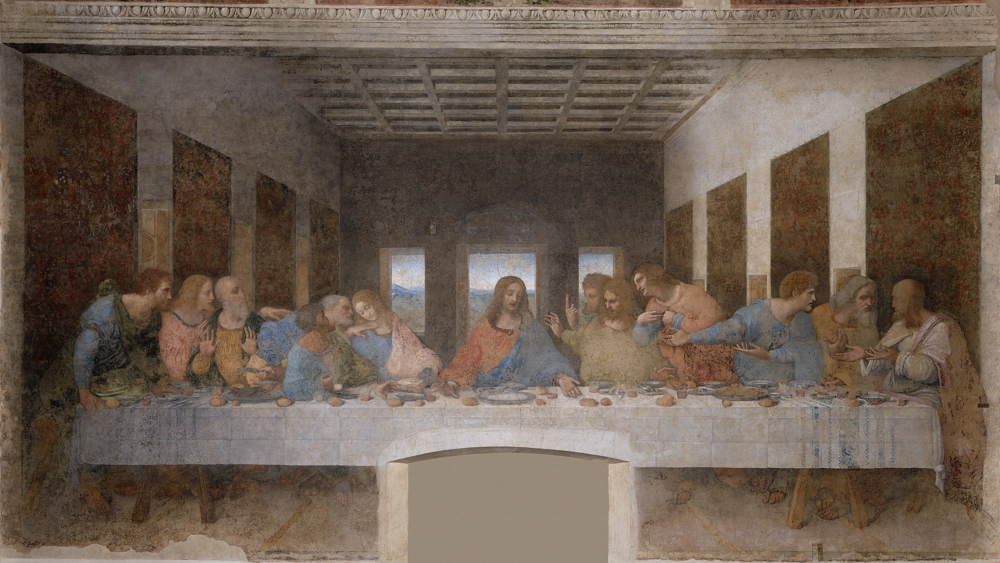

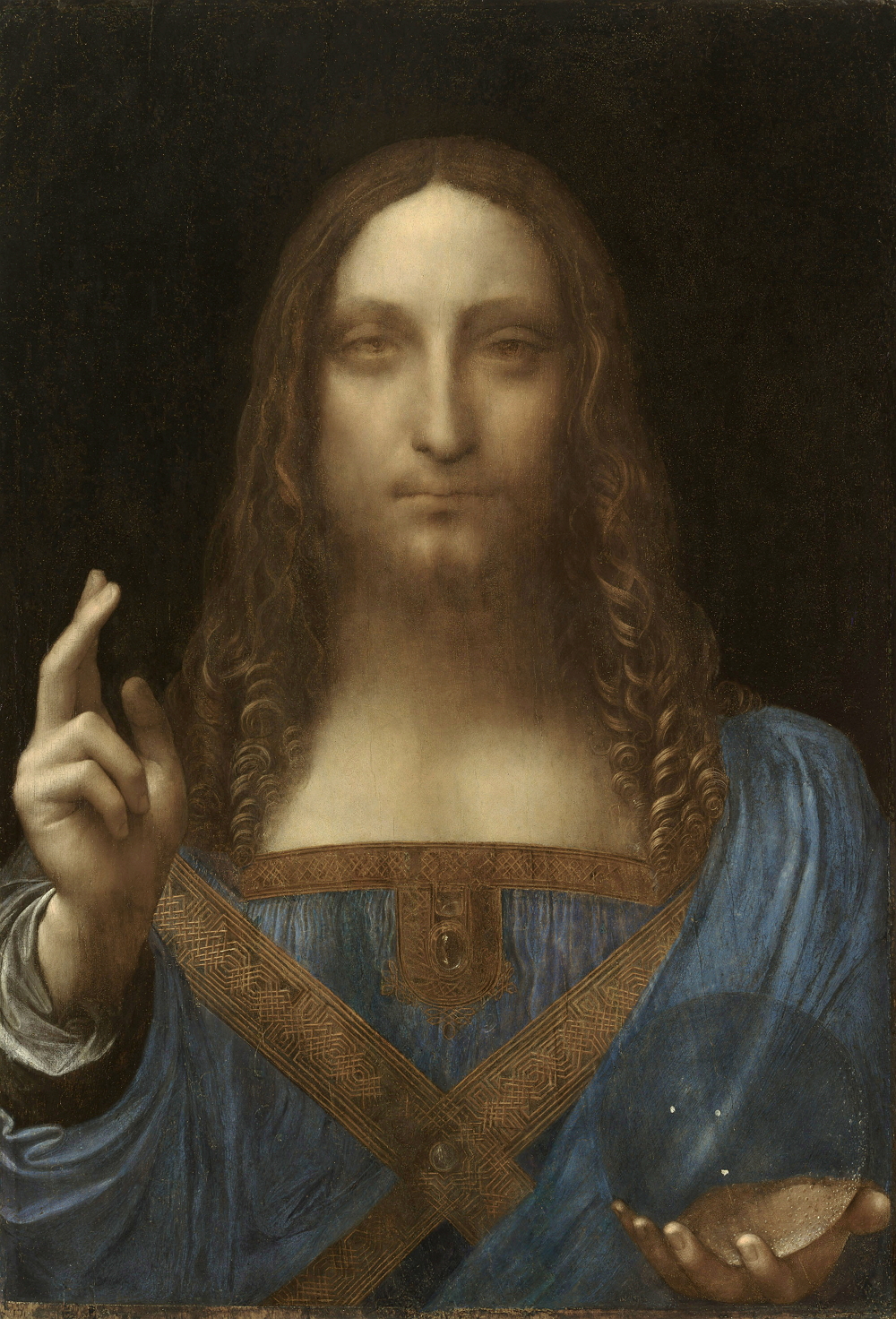
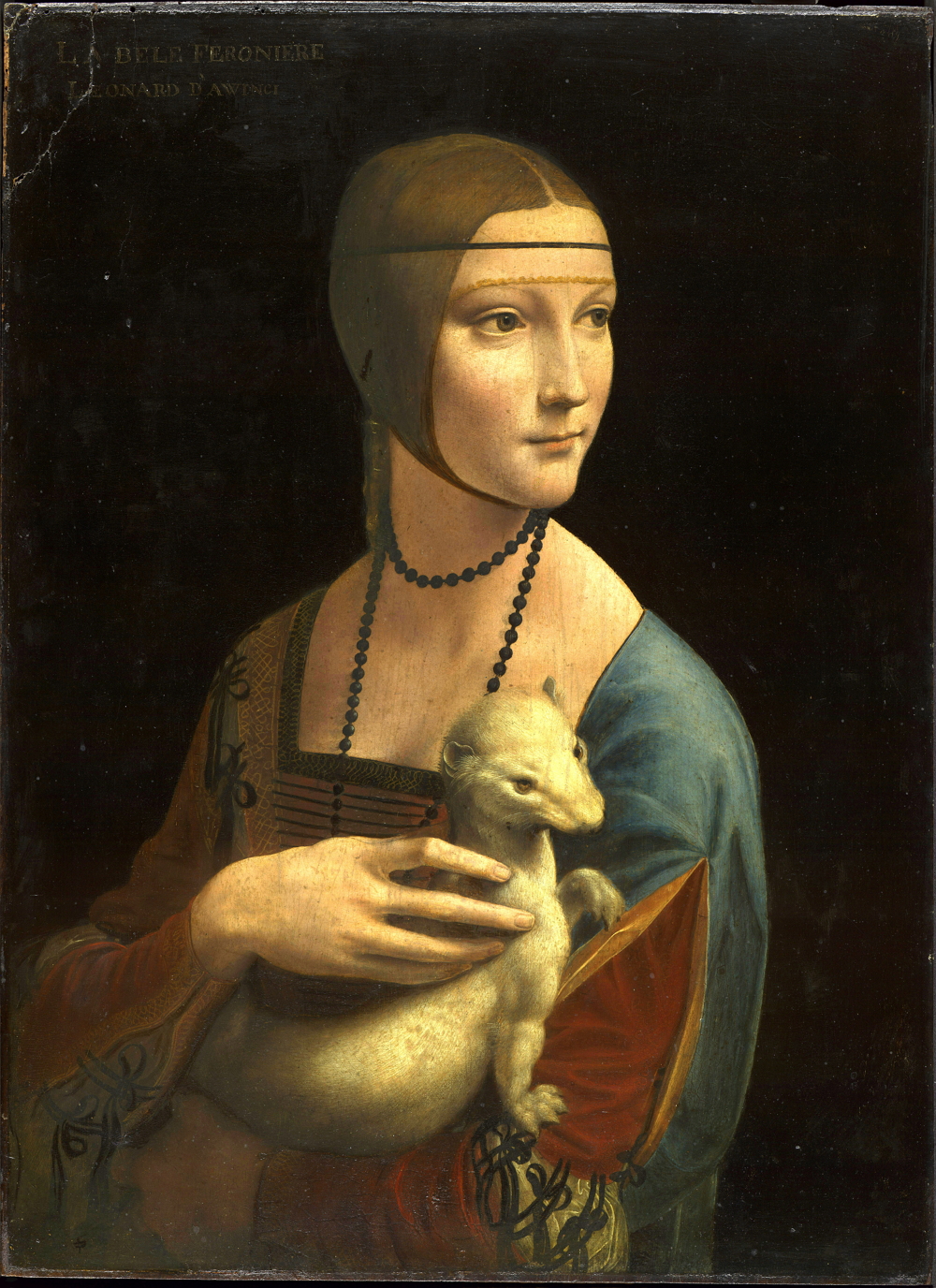
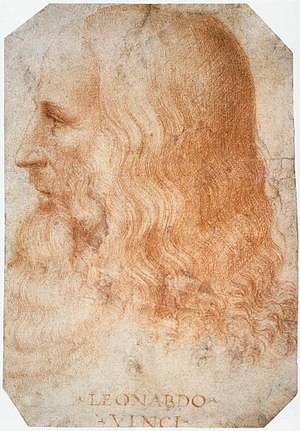
Exclusive content for members of

Mira un ejemplo de lo que te pierdes
Autores:
Categories:
Tags:
Add to Didactalia Arrastra el botón a la barra de marcadores del navegador y comparte tus contenidos preferidos. Más info...
Comment
0